5 Reasons You Need a Cash Flow Forecast
Cash is the lifeblood of all business, especially for start-ups and small enterprises. We all know the phrase “cash is king”.
If a business runs out of cash and is not able to obtain new finance, it will become insolvent. It is essential that business owners forecast what is going to happen to cashflow to make sure the business has enough to survive. With accounting tools currently available , it is no excuse to claim that you didn’t see a cash flow crisis coming.
What is Cash Flow?
Cash flow is the net amount of cash moving into and out of a business at any given time. The key word here is “time,” as the amount of money moving in and out of your business can only really be understood through a given timeframe. Most businesses track their cash flow on a month-to-month basis.
What is Cash Flow Forecasting?
A cash flow forecast is a projection of an organisations future financial position based on the anticipated payments and receivables. The process of deriving a cash flow forecast is called cash flow forecasting.
A cash flow forecast estimates how much money will flow in and out of your business at any given time. This means it includes all your projected revenues and excludes all your non-cash expenses and costs. A cash flow forecast typically covers a yearly period, though can be made for any time frame—a week, a month, or a year.
5 Reasons You Need a Cash Flow Forecast
Projecting your cash flow can help you plan for the future, avoid unexpected shortfalls and even qualify for a small business loan.
1. Avoid cash flow problems
Unexpected shortfalls can be crippling, and it may take months (if not longer) to recover. Negative cash flow can creep up on you if you don’t consistently track the cash coming in and going out of your business. Fortunately, shortfalls are often avoidable with a bit of foresight.
Projecting your cash flow will help you identify and plan for market swings, seasonal fluctuations and other business patterns that can lead to unpredictable cash flow. Forecasting can even help you visualize cash flow trends with the help of automatically generated charts and graphs.
2. Anticipate the impact of upcoming changes
Does your business plan to purchase new equipment? Launch a new product? Cash flow projections allow you to gain a complete picture of the ripple effect that these types of changes will have on your cash flow.
When your finances are synced up with an online cash flow management tool, cash flow projections are automatically generated based on future invoices, bills due and payroll. You can then create “what if” scenarios, such as buying new equipment. Forecasting shows you how the cost will affect your bottom line, along with the potential increase of revenue generated by the new machine.
3. Optimize the timing of accounts payable and receivable
Many avoidable cash flow issues are often a simple matter of timing. Significant delay time between invoicing your customers, or shipping out products, and getting paid can cause unnecessary strain on your cash flow.
Cash flow projections that are based on your financial history can help you anticipate when you’ll be paid for your services or products. This allows you to stagger or otherwise adjust outgoing payments to your vendors accordingly. This will help avoid putting yourself in the uncomfortable position of not being able to pay your suppliers, or worse, your employees.
4. Better decision making
Another benefit of being able to run different scenarios through your cash flow forecast is that you can make better operational decisions.
Perhaps you have a choice between additional staff or investment in equipment and you aren’t sure which decision is going to be most profitable for your business in both the short and long term.
Forecasting the different options will give you the information you need to make these decisions with confidence and assurance that you know what impact they will have on your business.
5. Prove You Can Pay Back the Loan You Requested
When you apply for a small business loan, lenders will examine your cash flow history in an attempt to answer one key question: can this borrower pay back the loan they’re requesting?
Asking for a loan of any amount without showing your plan for paying it back is a good way to land in the rejection pile. This is especially true if your current cash flow won’t clearly cover all of your regular operating expenses — plus your loan payment.
If you find yourself in this situation, cash flow projections can help strengthen your case by showing the lender exactly how you plan to use their funds to get to a place where you can easily make loan payments. This type of forecasting allows you to hand over a road map that can instil a lender with the confidence they need to approve your loan.
By maintaining a cash flow forecast, you get a significantly more accurate read on the financial health of your business. Furthermore, you’ll be prepared for times when money might be tight and identify certain patterns in your cash flow fluctuations. Perhaps most important with a cash flow forecast you’ll be able to relieve the anxieties of the unknown and sleep more easily knowing that you’re prepared for what’s to come. If you need any help with your business’s Cash Flow Forecast, get in touch with us at Cloudit Bookkeeping – we are always happy to help.




